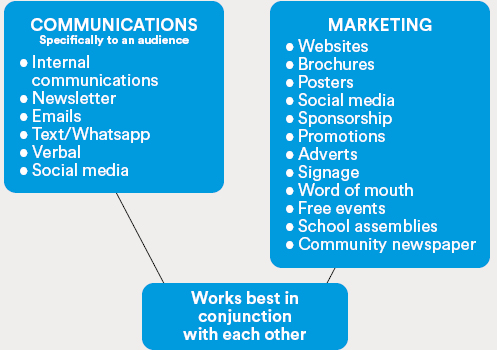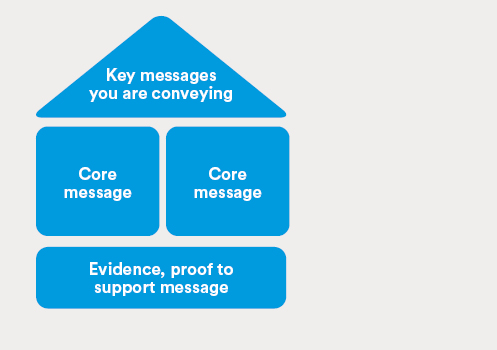Step by Step Plan
Engaging with your club and local community

- Communicate what you do
- How to do this
- Your unique character
- Marketing your club to the local community
- Communicating to your players within your club


- Talk to your players/members, what is your purpose and culture. What are your objectives and what are you offering? This can take the form of a club forum, survey, social gathering.
- Who is your target market? players, coaches, volunteers, supporters, past players, prospective members, people who live near your club, local organisations, schools, authorities, other sports. Put yourself in their shoes.
- Choose a strategy to outline your objectives. How do the people you want to reach get their info? Which communication and marketing methods do they use most?
- Timing and budget are important considerations. Schedule communications around events and programmes, use methods that are appropriate to your $’s. Low cost or no cost, there are options in this area.
- Your best ambassadors are your own players. Creating a communication plan within your club, to share and encourage event and club participation will set the scene for your players spreading the word. Clubspark emails, newsletters, social media, message trees.
- Evaluate your strategy. How is it working, does it meet your objectives? i.e., reach the people you want, increase participation in the areas/events you want.

Begin by planning your message using the Building House example below and create an umbrella statement - a core message rounded off with proof (how it works for your people).

Key Message – We offer you fun, exercise and friendship.
Core message 1 – Tennis is a great way to stay fit and healthy.
Core message 2 – Our tennis community is open and friendly.
Evidence – Social tennis for adults each Saturday, juniors Friday, caters for all ages, genders and abilities, everyone is welcome.

Convey multiple times, repetition is crucial if it is to sink in. Traditional vs digital?

Top tips that work with both
- Know your message & know your audience.
- Short and succinct is best. “catchy, concise, and inviting”.
- Punchy headlines
- Look for you own unique angle, is there a better way to showcase this?
- Hero & highlight the good news!
- A picture paints 1,000 words – get those great photos that emphasise your message.
- Get the important info in early, people tend to skim read.

What is important to consider before diving in?
Social media platforms are a way to attract and engage an audience by sharing relevant, interesting and valuable content and community-based input, and encouraging interaction, engagement and collaboration.
Facebook, Twitter, Instagram, YouTube, TikTok, Pinterest or even Snapchat / LinkedIn - when considering each platform, ask the questions:
- Do I have an audience on that platform?
- Do I have resources/time to be able to manage it?
- How will it serve my organisation?
- Can I create appropriate content that will add value to my organisation?
- Which platform is right for your club? (Facebook, Twitter, Instagram, You Tube)
- Who is your target market? Members, players, adults, juniors, sponsors, local community.
- Who will manage your social media? Best shared between 2 or 3 interested players/members
- Create a simple plan around events and programmes to allow for posting on a regular basis – failing to plan is planning to fail!
- Put links into your club newsletters and email, let people know you are using social media.
- Keep message concise and use images, with permission from subjects.
- Tag and share posts to spread the word.
- Create a social media code of conduct for all club posts.
- Remember communication goes both ways – sharing what is happening and finding out what your players need.
- Regular emails, social media posts & newsletters promoting programmes, competitions & social events re-enforce the value you are giving to your players.
- The text used and message conveyed helps develop the purpose and culture at your club.
- A media plan around the clubs’ calendar of programmes and events is an ideal way to plan your communication programme.
- Surveying your members and making time to speak to them will give you the feedback you need to plan events and programmes and cater for the needs of all your players.
- Allocating 2 or more people to the role of communication will increase the chances of success.
It is important to develop an annual communications plan for internal and external messaging.
Download the above information as a printable .pdf
or have a look below for more tips and ideas





























